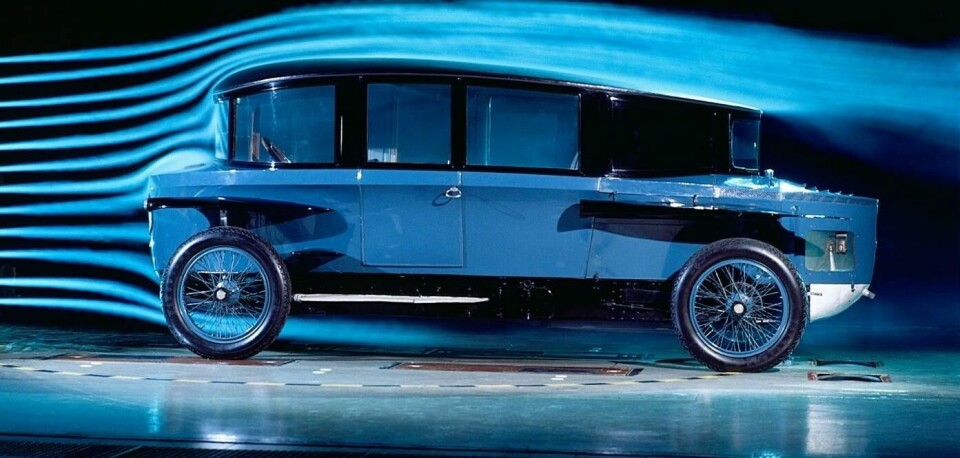
Rumpler Tropfenwagen – the first streamliner
Largely forgotten, the pioneering Rumpler Tropfenwagen was a decade ahead of the designs of the time. But its legacy lives on in a new generation of aerodynamic research and in automotive design
Until the Second World War, it was commonly assumed by both professionals and laymen that the automobile and the airplane would evolve and eventually merge into some sort of personal flying car. Engineering developments in one area often previewed similar developments in another.
Automotive marques with great heritage stories can claim a place in both automotive and aeronautical history. One can review the history of marques such as Avions Voisin, Bugatti, Rolls Royce and even Ford, with its Model T car and Trimotor airplane, and find a desire to conquer long distance travel and speed with both land and air vehicles.
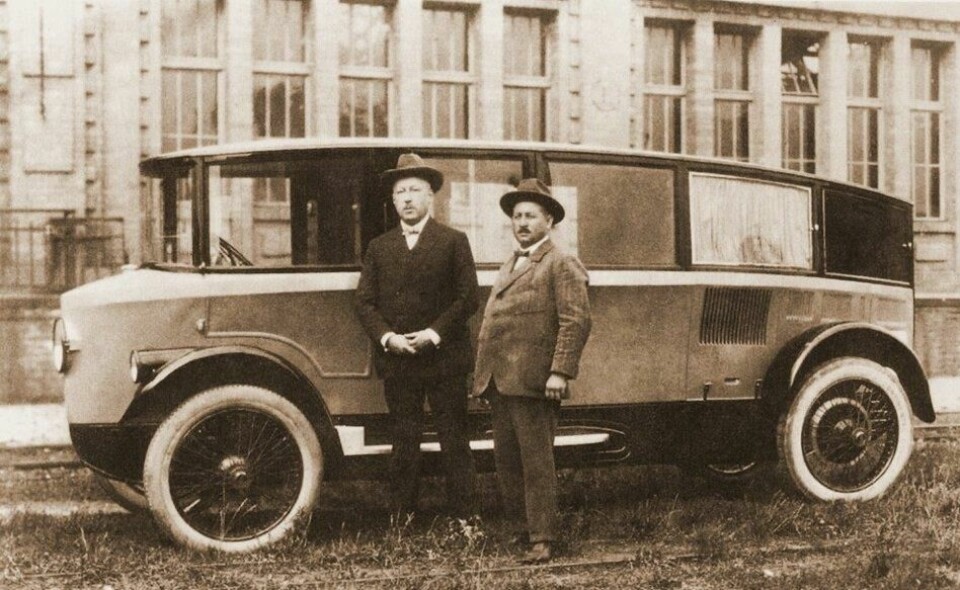
Many of the automotive engineers worked in aeronautics during this time and vice versa, sometimes moving frequently back and forth between airplanes and automobiles. One such engineer was Edmund Rumpler, an Austrian engineer who spent most of his career in Germany. He started his career by collaborating with Hans Ledwinka on the first Tatra car, the Präsident, in 1897. He would then move on to Daimler, and later became the technical director of Adler in 1902. He would design the first German engine to combine motor and gearbox into one unit. The next year he designed and patented a swing axle rear suspension.
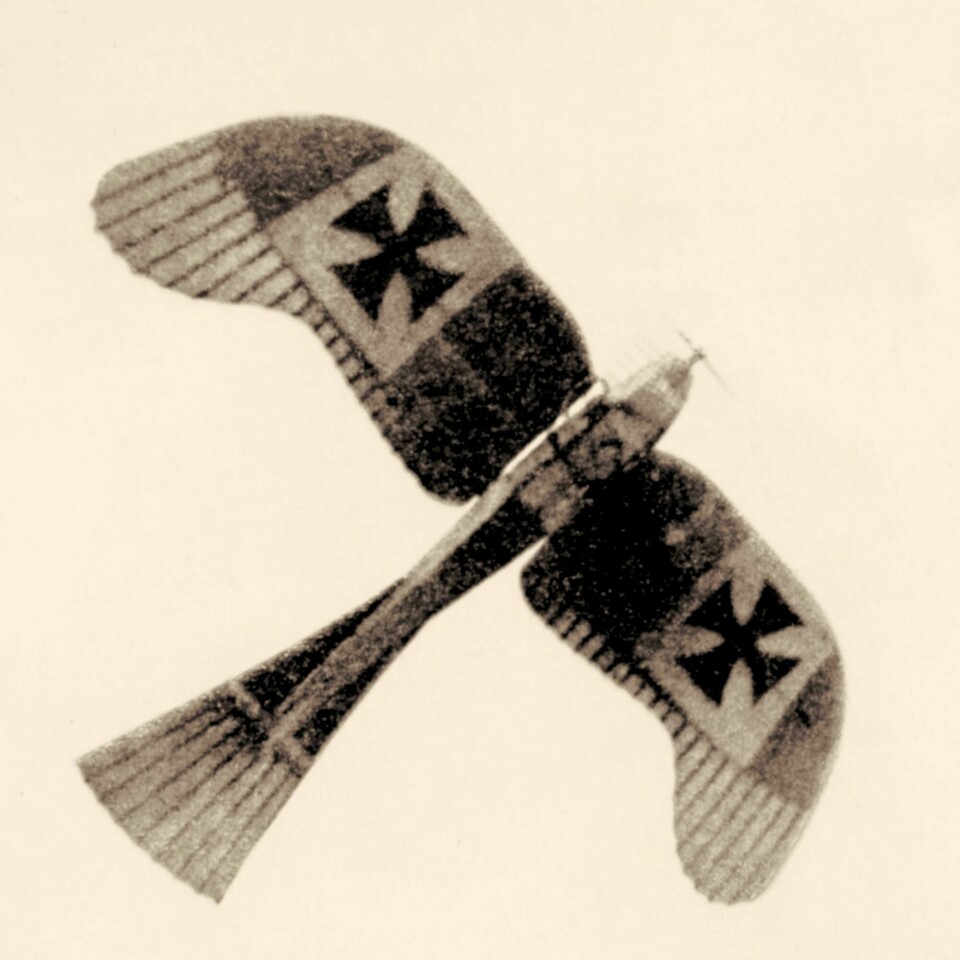
The Wright brothers’ successful powered flight in 1903 turned Rumpler to the design of airplanes and a fascination with flight. In 1910 he founded Germany’s first aircraft manufacturer, using the aircraft design of fellow engineer Igo Eltrich, christened The Taube (The Dove). It became a dramatic aeronautical statement, made even more compelling by Rumpler’s test pilot, the young Amelie (Mellie) Beese, the first female pilot in Germany.
After World War I, Rumpler found himself back in the car business, as aircraft production was severely restricted by the Treaty of Versailles. Rumpler was interested in applying the aerodynamic knowledge gained by a decade in airplane manufacturing, and in 1921, introduced his new car, the “Tropfenwagen” (drop – as in raindrop – car) at the Berlin Auto Show.
The Tropfenwagen caused quite a sensation at the show. Other entrants were variations on the “horseless carriage” era, with upright design and tall proportions. The Tropfenwagen was tall, too, but with a curved roof, a curved windscreen (the first one), and a strange cyclopean front face with an enormous headlight and no discernable engine or radiator. In fact, the engine and radiator were just forward of the rear axle (swing axle, of course), making the Tropfenwagen an early mid-engine car.
In elevation the car did take on the rough shape of a teardrop. In plan however, the teardrop shape was unmistakable, with a blunt curved nose, a tapering passenger compartment and a pointed “boat tail” with the exhaust pipe peeking out of the lower point. Fenders, or mud guards, were shaped like winglets and drew airflow around the sides of the car.
Rumpler had tested models of the car in a wind tunnel, but a truly accurate coefficient of drag was not established until Volkswagen tested the car in a modern wind tunnel in 1979. The result: a drag coefficient of 0.28, remarkable for the time, and respectable even with today’s advanced computer simulations and detailed wind tunnel modelling.
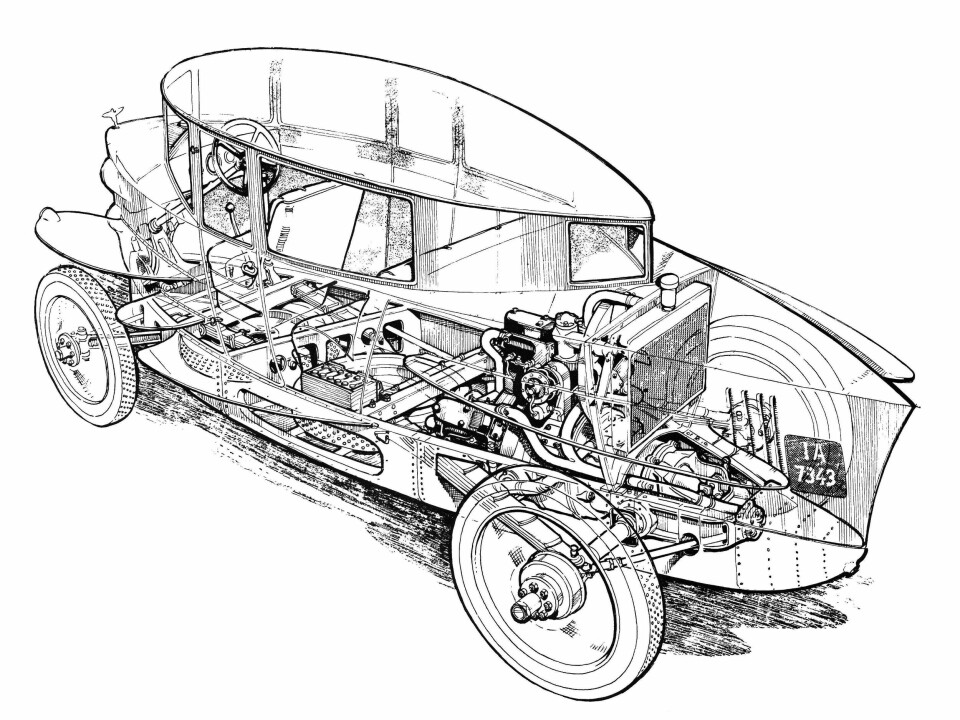
The Tropfenwagen was no prototype or concept car. It was soon to go into production. There was originally just a four-seat car with the driver seated centrally up front. Soon a long wheelbase car, with more room and a luggage compartment, complete with bespoke luggage, appeared. Other variations would emerge, like a topless tourer, modified versions for taxis (an unintended, but common use for the Tropfenwagen). In contemporary photos there seemed to be many variations of body styles and seating arrangements, suggesting that each car was at least a semi-custom creation.
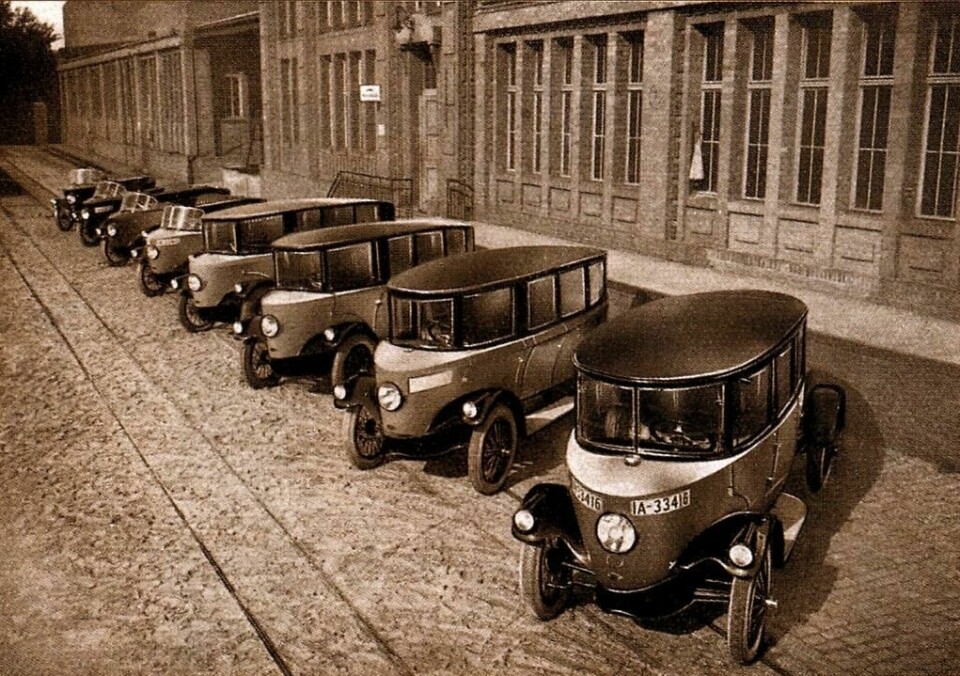
The Tropfenwagen was not a commercial success. It was too different, too clever in an engineering way, and too futuristic. But those were the very characteristics that attracted director Fritz Land to the car and landed it a part in the avant-garde film Metropolis. A few full size Tropfenwagens were used (and destroyed) in the film. Small models used throughout the movie were designed to look like the Tropfenwagen.
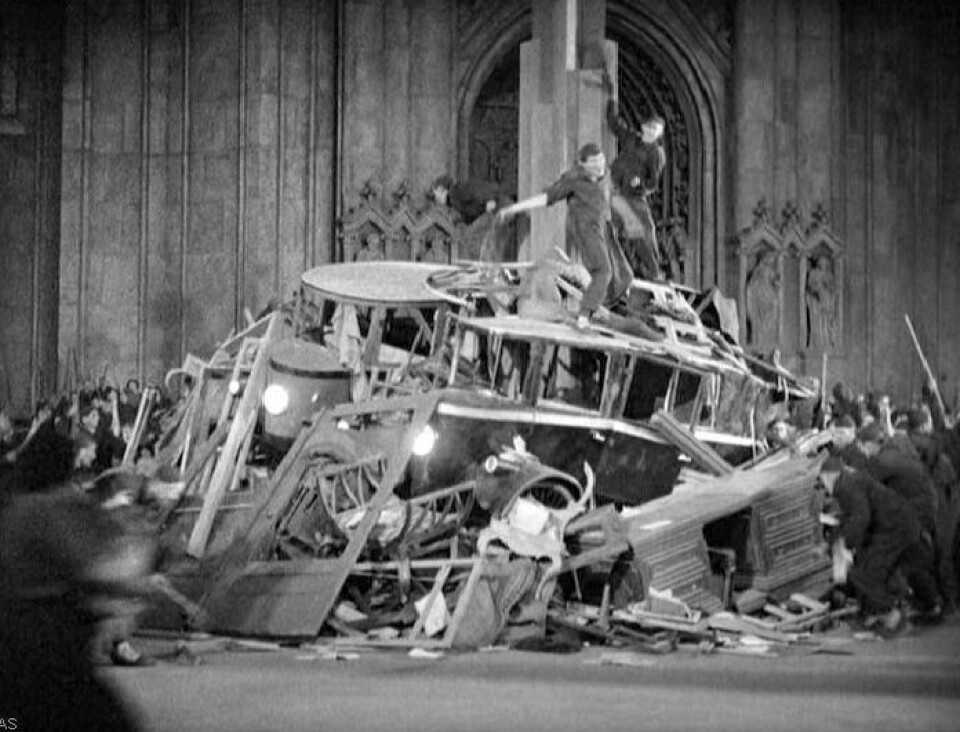
In the end, the Tropfenwagen was one of those cars that was more influential than successful. Only around 100 were ever made. But Mercedes made its own aerodynamic ‘Tropfenwagen’ as a racer, with the help of Rumpler’s engineers, and reportedly on the same chassis. Later developments of the concept resulted in an Auto Union design, again assisted by Rumpler’s engineers. Rumpler’s previous inventions like the engine/gearbox design would appear on later cars. The swing axle rear suspension would appear on the KdF Volkswagen, the Porsche 356, and even the Chevrolet Corvair.
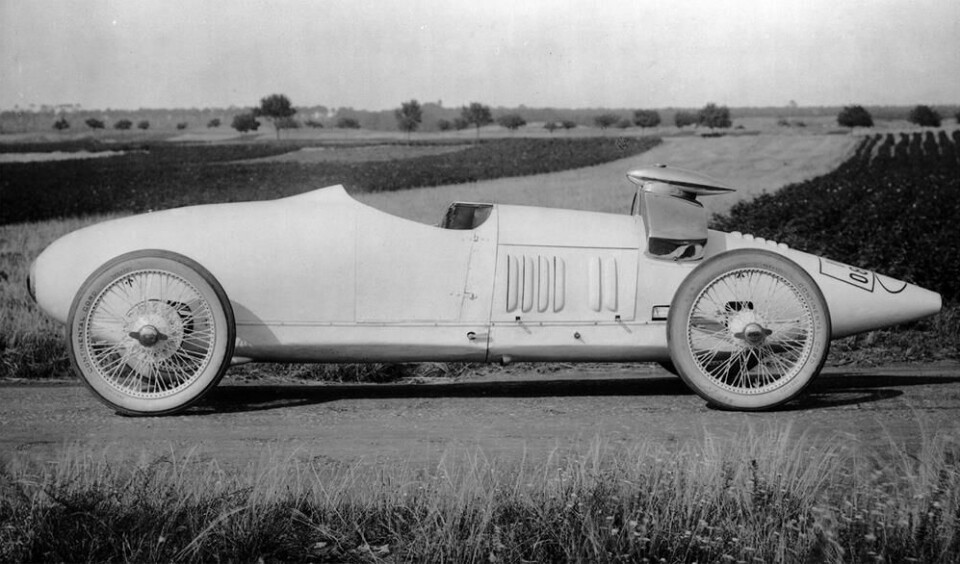
Sadly, the legacy and fate of the Tropfenwagen’s creator was not so pleasant. Rumpler would, in the late 1920s, return once more to aircraft design. But when the National Socialists took over in Germany in 1933, they began dismissing or arresting professionals of Jewish descent. Edmund Rumpler was arrested briefly and then placed under a quasi-house arrest, his career ruined.
What could have been the ultimate expression of his aerodynamic ideas, the Tatra 77, was designed instead by his old comrade, Hans Ledwinka. (Rumpler would honor his old comrade by purchasing a Tatra 77). Rumpler would live in Berlin until 1940, where a plaque commemorates his residence. He would die in nearby Züsow that same year, and the Nazis destroyed all his archives – an enormous loss to automotive, and aviation, history.
Only two Tropfenwagens are now known to exist. One is in the Museum für Verkehr und Technik in Berlin (displayed, appropriately, with the airplanes), and the other, donated by Rumpler himself, is in the collection of the Münchner Verkehrsgesellschaft in Munich. Both are a testimony to the vision of their creator and the spirit of a pioneering era.














